Column: Why I Cry at the Movies
The interior of a movie theatre. Film teacher Steven Jacobson believes a movie theater, like this, is an ideal place to cry. Image source: National Endowment for the Arts.
Yes, I cry at the movies. And a movie theater is an ideal place to cry. Even when surrounded by hundreds of strangers, the comforting blanket of darkness protects against judgment, while the immersive surround sound offers camouflage for sniffles and sobs. While I have been known to shed tears at home while watching a Blu-ray or even when absorbed in an old favorite illuminating my laptop screen, nothing equals the thrill of experiencing an unexpected (and quite literal) flood of emotion in the oddly private-yet-public setting of a packed cinema.
It usually happens late in a film after I’ve become so attached to the characters and stirred by the images that my heart is primed to be broken by a cruel twist of narrative fate. I’m not ashamed to admit that the ending of “Titanic“ triggered in me a torrent of tears to rival the mass of the famous iceberg itself. In the final moments of “Toy Story 3,” when a now-grown Andy departs for college, leaving behind his toy cowboy, Woody, and symbolically relinquishing his childhood, I sobbed violently behind the safety of my 3D glasses.
Another Pixar gem, “Up,” however, gets me within the first 12 minutes. I could never have anticipated that an animated film — or any film — could so honestly portray the grief endured by a couple reluctantly facing the reality of a childless marriage, as well as conveying a devoted husband’s devastation at the loss of his wife in mere minutes! It still amazes me to think about it. When I show that sequence to students in my introductory film class each year as an example of some of the most dazzlingly economical storytelling techniques ever employed in the cinema, I unfailingly begin to shake with emotion and must fight to compose myself before I raise the lights.
There seems to be no common thread linking the films that have this effect on me. The plight of an outwardly resilient little girl and her marginalized mother at the center of “The Florida Project“ wrecked me last year, while the raw vulnerability of the main character in “Moonlight“ had a similar effect the year before. In “Call Me By Your Name,” the bottomless well of compassion displayed by the main character’s father in the climactic dialogue scene kick-started my hypothalamus and the tears started flowing. Even mega-budget popcorn movies can turn on the waterworks: the opening of “Guardians of the Galaxy,” when young Peter Quill refuses to take the hand of his dying mother, utterly crushes me. I also broke down during one of the action scenes in “Wonder Woman,“ when I realized we finally had a female superhero unapologetically driving the narrative of a major comic book blockbuster.
But why do many of us cry at the movies? How does a procession of still images flickering by on a flat white screen at 24 frames per second affect us so intensely? I believe the answer to that question gets to the heart of why film is such a profoundly influential artistic medium, and it certainly explains why I am so devoted to it.
While I was at University of Southern California [USC] film school, assisting with the research on a filmmaking textbook being written by USC faculty members, I had the pleasure of talking with Kimberly Peirce — director and co-writer of “Boys Don’t Cry“ (1999), a gut-wrenching true story about a young transgender man, Brandon Teena, who was brutally raped and murdered because of his gender identity. The film itself brought me to tears, perhaps not surprisingly given its considerable emotional heft, and when I had the opportunity to ask Peirce about it, I found my eyes welling up once again.
I asked the filmmaker how she thought human beings could become capable of committing atrocities such as the ones depicted in her film. She gave a contemplative answer, befitting the complexity of this kind of inexplicable human behavior. But what remains clear to me to this day is the insight I gained from having been so moved not just by the film, but by the sincerity of the director. In the hands of skilled auteurs, films have the potential to take us so deeply inside the emotional states of their characters that they go beyond simply expanding our intellectual comprehension of human nature — they help us to feel the weight of human experience with remarkably acute immediacy. At a time when empathy and solicitude are so carelessly dismissed by many of those with power and privilege, the more we learn to feel, the better. In the hands of skilled auteurs, films have the potential to take us so deeply inside the emotional states of their characters that they go beyond simply expanding our intellectual comprehension of human nature — they help us to feel the weight of human experience with remarkably acute immediacy
A film that moves me more deeply than perhaps any other is Isao Takahata’s animated masterpiece, “Grave of the Fireflies“ (1988). This astonishing work tells the story of a 14-year-old boy and his adoring 4-year-old sister, orphaned when their mother dies from burns inflicted by the Allied firebombing of Kobe, Japan, during the final months of World War II. The depiction of two blameless children struggling to survive in a world literally being set alight around them is so delicately rendered that it provides ample evidence of the power of film when employed by a master of the medium.
I was honored to meet Takahata, co-founder of the famed Studio Ghibli production company, several years ago, and his gentle, humble presence left an indelible impression on me. On April 5 this year, Takahata passed away at the age of 82. When I read the news online, I sat in front of my computer and wept. Why? Because the world had lost a filmmaker who, via the medium I love beyond compare, helped us to feel the sadness, the joy and the exhilaration of being human.
And that’s why I cry at the movies.





![Freshman Milan Earl and sophomore Lucy Kaplan sit with their grandparents at Archer’s annual Grandparents and Special Friends Day Friday, March 15. The event took place over three 75-minute sessions. “[I hope my grandparents] gain an understanding about what I do, Kaplan said, because I know they ask a lot of questions and can sort of see what I do in school and what the experience is like to be here.](https://archeroracle.org/wp-content/uploads/2024/03/grandparents-day-option-2-1200x800.jpg)










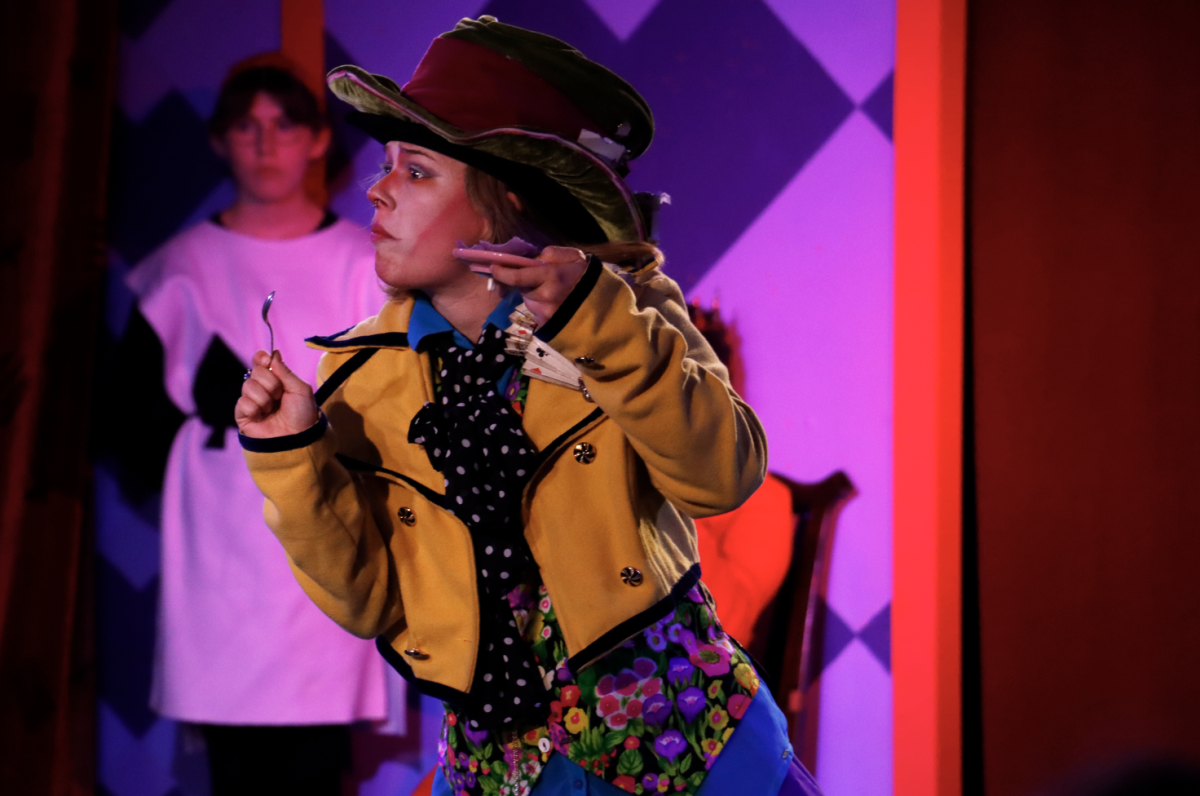


































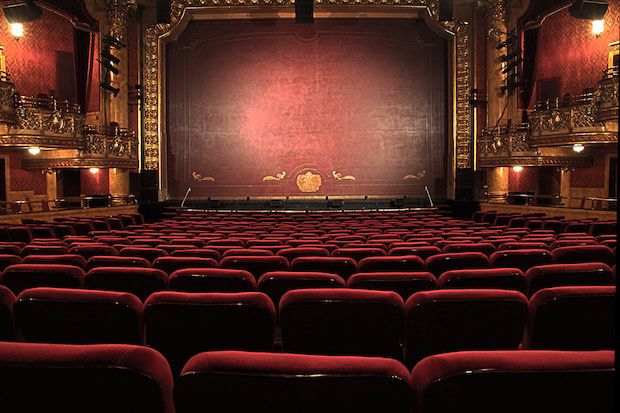
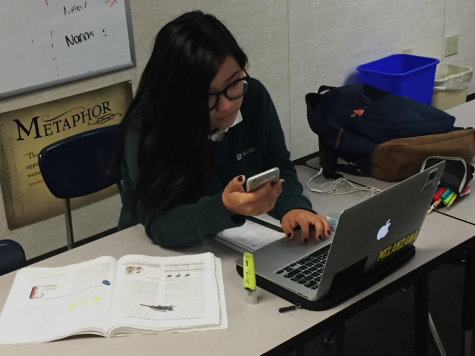





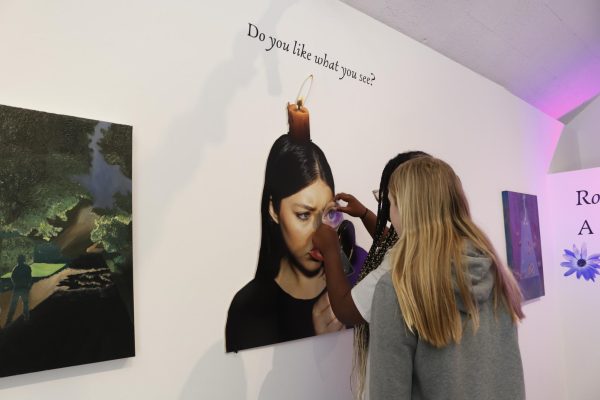


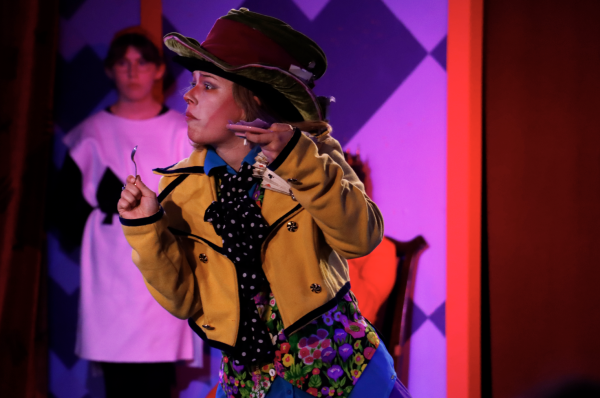


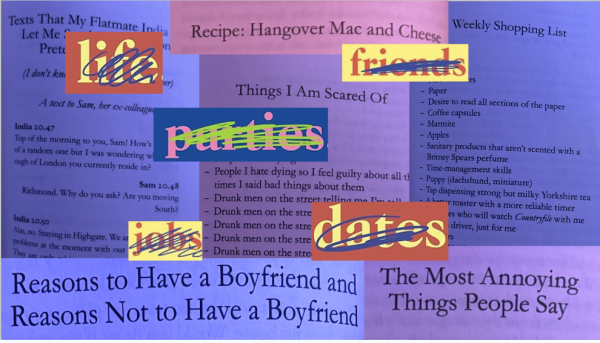




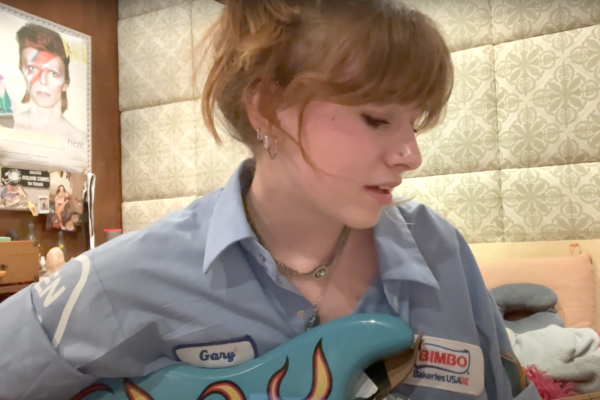



Zoë A-S • May 23, 2018 at 11:20 pm
Really incredible piece, Mr. Jacobson! So much of this resonated with me. 🙂
Mr. Jacobson • May 24, 2018 at 4:30 pm
Thank you so much, Zoë!
John Jacobson • May 22, 2018 at 8:55 pm
As it’s our son speaking his mind, I could be slightly biassed! However, I really must add my congratulations to Steven for this wonderfully honest piece. As a 17yr old in 1944-5, and a Sergeant in the RAAF Air Training Cadet Corps in Australia, I’ve always carried a guilt feeling over having failed ‘to have been over there to do my bit’. In a cinema while viewing a particularly poignant film, realistically depicting tragic scenes from an aerial battle in WW2, I have not infrequently broken down into inconsolable tears.
Mr. Jacobson • May 24, 2018 at 4:31 pm
Thanks, Dad. 🙂
Amanda • May 22, 2018 at 5:10 am
Brilliant piece! Loved reading it, thanks for sharing. Without taking away from the skill and magic of film, I must say sometimes tv ads and even “reality” tv can powerful have tear enducing effects. I think the story contributes as well as the mood and state of the viewer and of course emotive music.
Anyway, back to film…some awesome examples in your review. Thanks! A
Mr. Jacobson • May 23, 2018 at 3:03 pm
Thanks Amanda! And you’re absolutely right–all forms of visual storytelling, whether it be a movie or a commercial or even “reality” TV–have the potential cast that emotional spell. Great point! 🙂
Alexandra Chang • May 21, 2018 at 9:24 pm
I love this column, Mr. Jacobson! I too really enjoyed watching “The Florida Project”– definitely one of my favorite movies of 2017!
Mr. Jacobson • May 21, 2018 at 10:09 pm
Thank you, Alexandra! And you have good taste in movies!
Camille Colker • May 21, 2018 at 12:51 am
Great piece Mr. Jacobson!
Steven Jacobson • May 21, 2018 at 12:07 pm
Thanks so much, Camille!